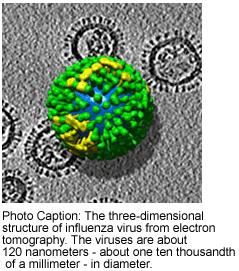But was it conclusively proven that it was the border controls or luck that made the difference. If it was bird fly it wouldn't have helped...
I think this guy's point was fairly US-centric, and possibly not correct for small island nations which really cannot shut themself off.
He went further to say that border closures would have more critical implications:
Most Respirators sold in the US are made/assembled in mexico. When it came to the crunch there was only a 1-week stockpile in the US.
Likewise, for many critical medications such as insulin, there is a 1-week stockpile at best. There is the potential for many more deaths than the flu would cause if borders are closed indefinitely.







 Reply With Quote
Reply With Quote They are more closely packed in over there but here, go to movies, concerts, the Easter show, Big Day out etc etc and you are close packed with all sorts of germs
They are more closely packed in over there but here, go to movies, concerts, the Easter show, Big Day out etc etc and you are close packed with all sorts of germs 


Bookmarks